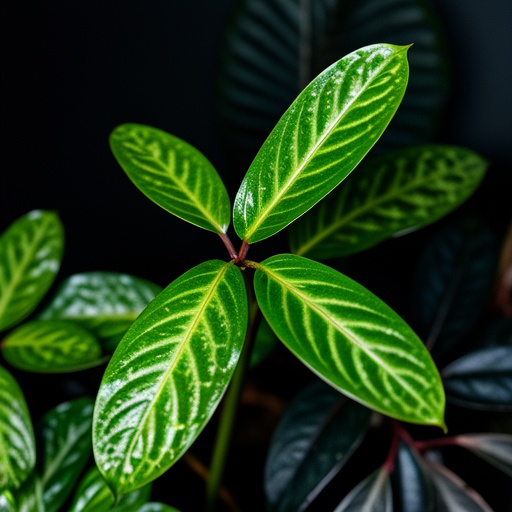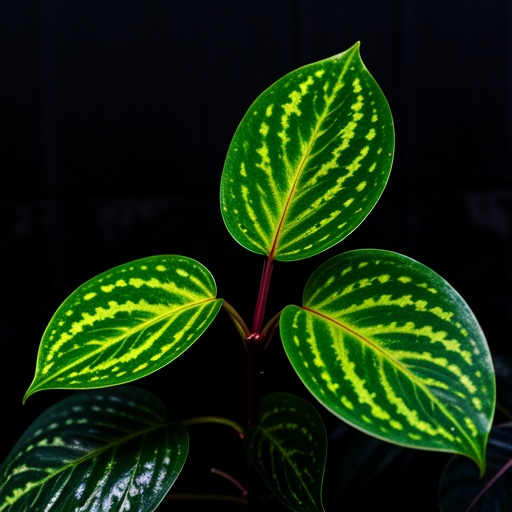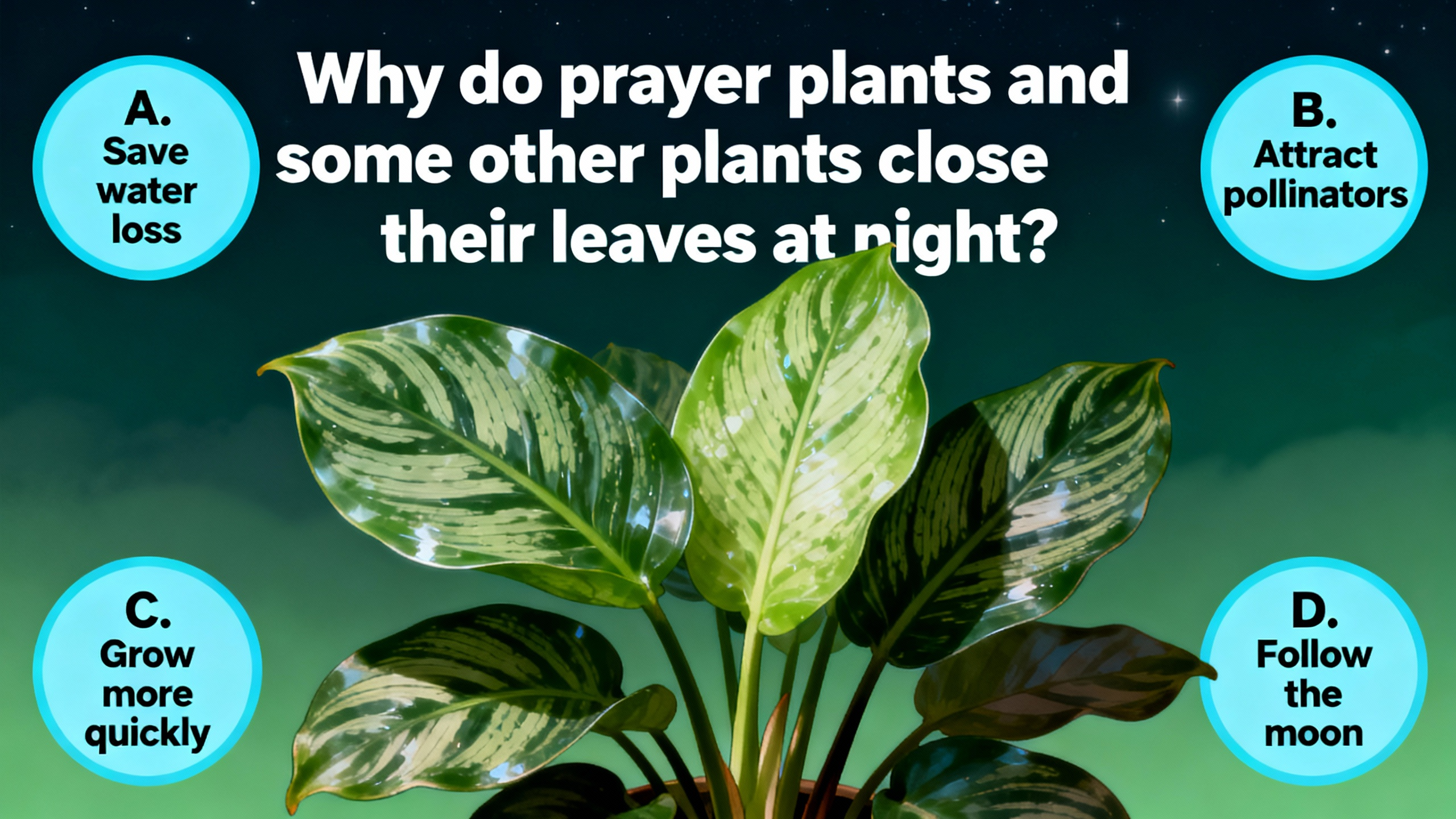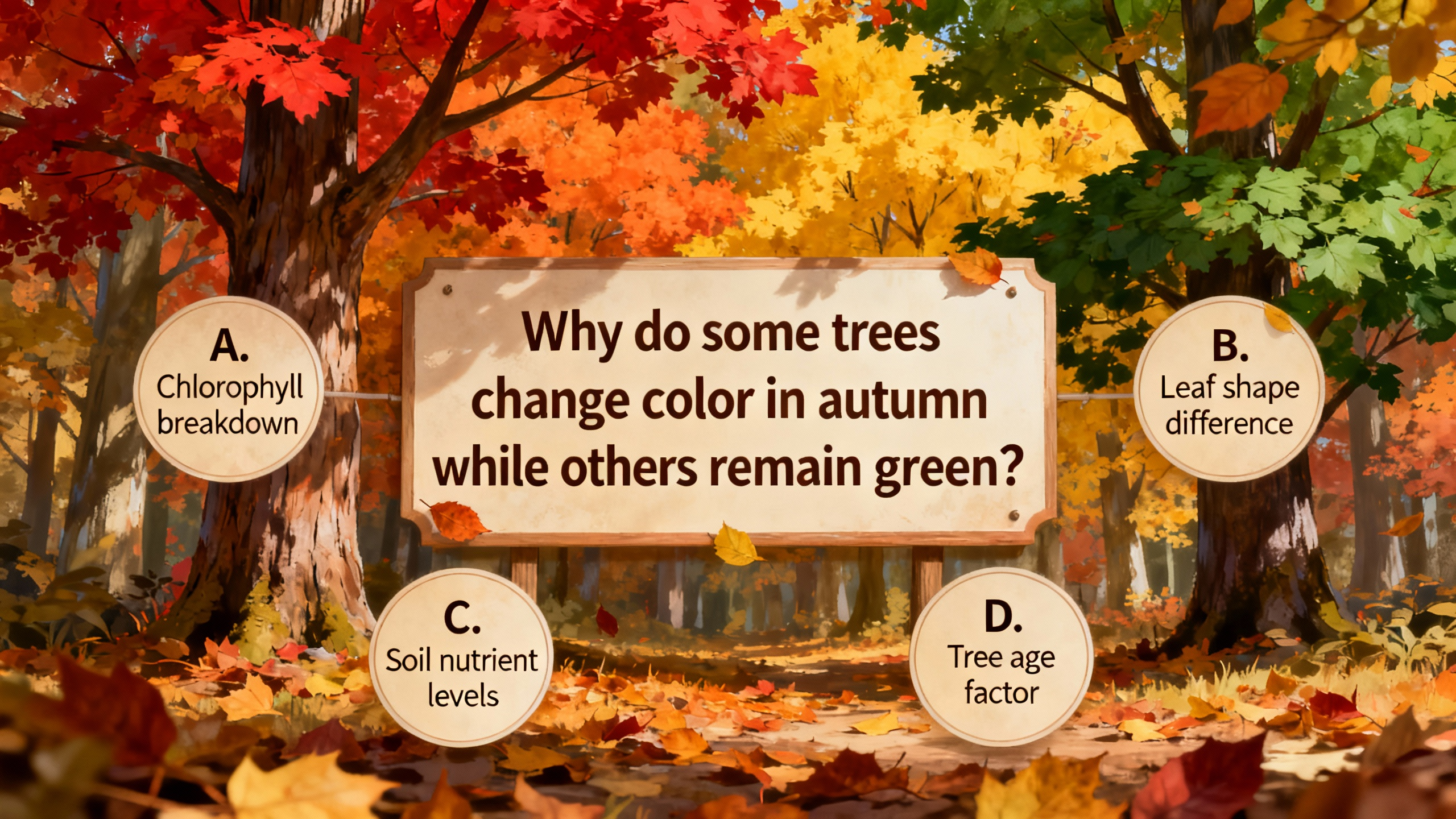Prayer Plants and Nyctinasty: Why Do They Close Their Leaves at Night?
 Prayer plants and some other plants close their leaves at night, a phenomenon known as nyctinasty. This behavior is thought to have several evolutionary advantages.
Prayer plants and some other plants close their leaves at night, a phenomenon known as nyctinasty. This behavior is thought to have several evolutionary advantages.
 One of the main theories is related to water conservation. During the night, the air is generally cooler and more humid. By closing their leaves, plants can reduce the surface area exposed to the environment, which helps to minimize water loss through transpiration. Transpiration is the process by which water is lost from the plant through its leaves in the form of vapor. Since there is no sunlight at night to drive photosynthesis, the plant doesn't need to keep its leaves fully open to capture light. Closing the leaves also protects the stomata, the tiny pores on the leaf surface that allow for gas exchange and water vapor release. By reducing the exposure of stomata, the plant can better control its water balance.
One of the main theories is related to water conservation. During the night, the air is generally cooler and more humid. By closing their leaves, plants can reduce the surface area exposed to the environment, which helps to minimize water loss through transpiration. Transpiration is the process by which water is lost from the plant through its leaves in the form of vapor. Since there is no sunlight at night to drive photosynthesis, the plant doesn't need to keep its leaves fully open to capture light. Closing the leaves also protects the stomata, the tiny pores on the leaf surface that allow for gas exchange and water vapor release. By reducing the exposure of stomata, the plant can better control its water balance.
 Another possible reason is protection from herbivores and environmental stress. Closing the leaves can make the plant less visible to nocturnal herbivores, reducing the risk of being eaten. Additionally, it can shield the leaves from potential damage caused by cold temperatures, strong winds, or heavy dew that may occur at night. Some studies also suggest that the movement of the leaves can startle or deter small insects and other pests that might be looking for a place to feed or lay eggs. This form of self - defense is an important survival strategy for these plants in their natural habitats.
Another possible reason is protection from herbivores and environmental stress. Closing the leaves can make the plant less visible to nocturnal herbivores, reducing the risk of being eaten. Additionally, it can shield the leaves from potential damage caused by cold temperatures, strong winds, or heavy dew that may occur at night. Some studies also suggest that the movement of the leaves can startle or deter small insects and other pests that might be looking for a place to feed or lay eggs. This form of self - defense is an important survival strategy for these plants in their natural habitats.
 In conclusion, the closing of leaves at night in prayer plants and other similar species is a complex behavior that likely evolved as a multi - faceted adaptation to optimize water use, protect against herbivores, and withstand environmental challenges during the nighttime hours.
In conclusion, the closing of leaves at night in prayer plants and other similar species is a complex behavior that likely evolved as a multi - faceted adaptation to optimize water use, protect against herbivores, and withstand environmental challenges during the nighttime hours.










